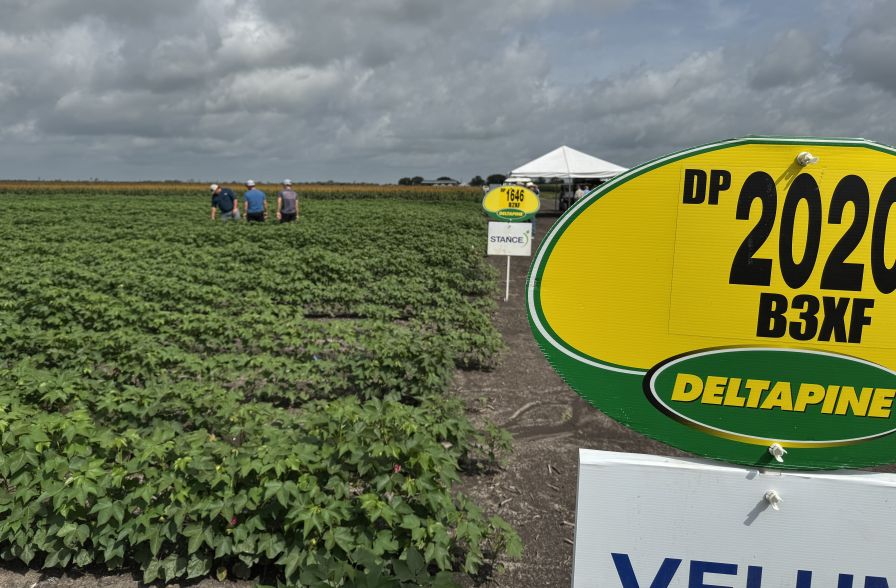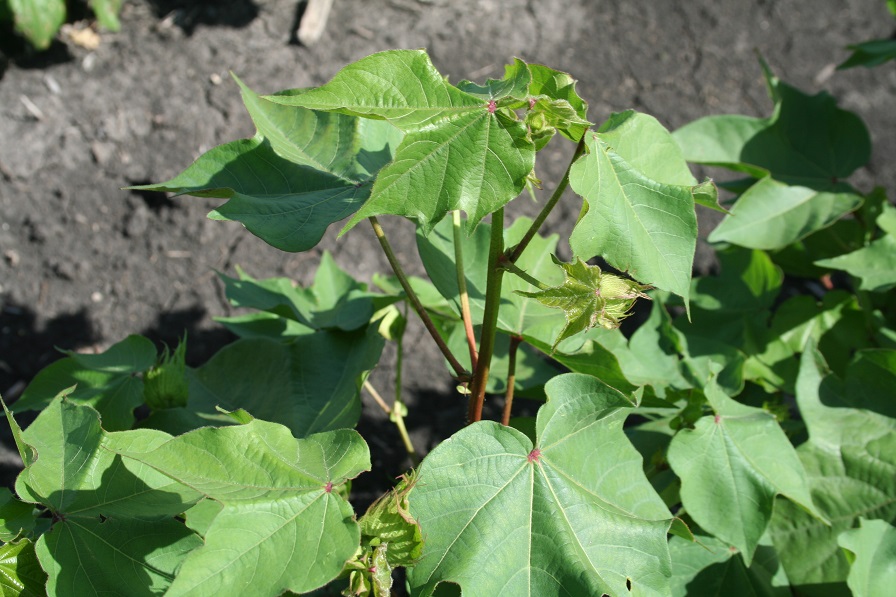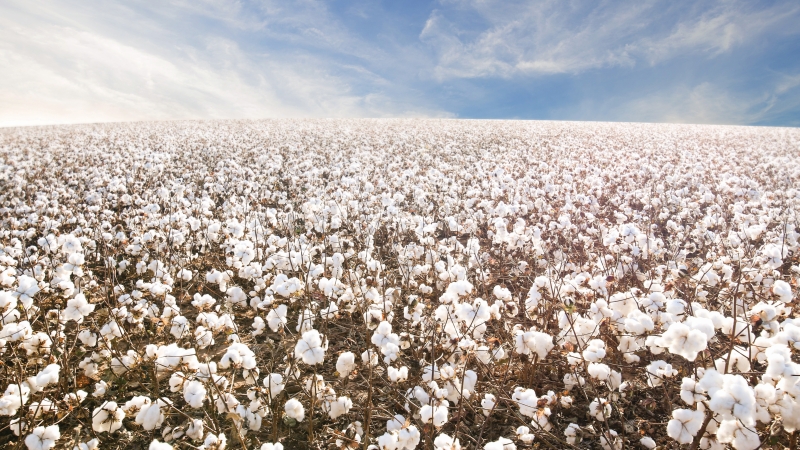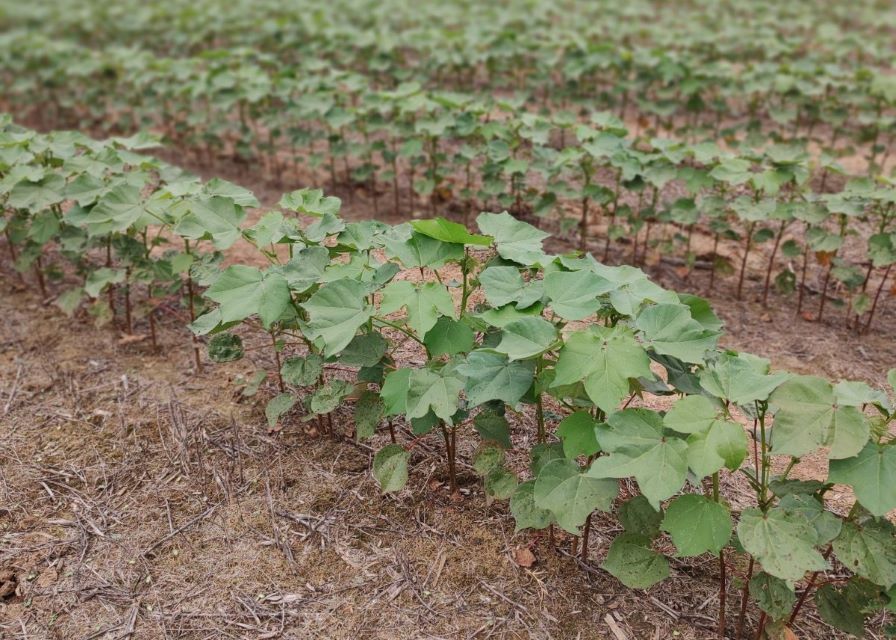Seesaw Cotton Pricing Continues
The year 1965 gave us the song “Catch Us if You Can.” Reference to those lyrics fits the scenario of a market continuing higher and higher. Maybe just the mention of it will seed a price jump in the market.
Yet, for now, we must be content with a continuation of a market just backing and filling, headed nowhere and going nowhere. The old crop July contract did give a run to the mid-68s as it is within the current trading range and then fell to the low 66s, an indication of a very range-bound market.
The weekly settlement was 66.61 cents.
Demand does not suggest that July will be able to break above 70 cents, with the 69.50 cent level being the most the market will allow (if it can even get above 69 cents). We still suggest pricing on moves above 68 cents.
The new crop December contract teased 70 cents before settling the week at 68.67 cents. December continues to look for a 71.50 trade but will need weather planting scares – none of which have surfaced this season. The market typically kills the crop at least twice each year. To date, we have not seen such trading, thus the bias for December should be higher.
U.S. export sales continue strong and on a pace to meet USDA’s estimate of 10.9 million bales. However, the current season’s projection is some 5% below the prior year’s level of 11.75 million bales. Net weekly sales were only 65,800 bales – off 50% from the prior four-week average. Vietnam, Turkey, and Pakistan accounted for just over 90% of the purchases.
Export shipments were exceptionally strong at 394,900 bales, some 16% above the prior week average. Some are calling for USDA to increase its 10.9 million bale estimate for the year as much as 300,000 bales. Hopefully, that will be the case. However, the current pace of exports does not suggest an increase – for now anyway.
Export commitments to date are 11.033 million running bales. This represents 108% of the USDA export estimate for the year, which also represents the long-term average for this time of the season. Thus, the current pace – as strong as it is – projects exports to be only 10.9 million bales, or some 7% below the 2023-24 marketing year. Yet should the current shipment pace continue, which is seasonably not expected, then the U.S. will export more than the current USDA estimate.
U.S. prospects for export sales to its one-time major customer China remain questionable. China has other options at highly competitive prices. Presently, Chinese mills do not need U.S. cotton. Too, essentially all of their purchases for the 2024-25 season have already been delivered.
However, in this season of “deals,” the countries’ two respective leaders could make the deal of the century. Should the respective leaders decide to include the textile/cotton subjects in their discussions, China could again become a major buyer of cotton.
Cotton is not inexpensive, but rather dirt cheap in world currency terms. China could replenish their Reserve Stocks with cotton priced at a 40%-50% discount to their production cost. Thus, such a “deal” would be of great benefit to both countries. Prices could elevate 10 cents or more from such an agreement.
Do not count it out, but that rabbit is in the hat.
Too, a trade deal with China would, in essence, amount to a continuation of the agricultural/cotton trade agreement Trump and Xi reached during Trump’s first term and cancelled by Xi after Trump’s defeat by Biden. Thus, there is a detailed blueprint already in play.
The usually reliable CFTC cotton on-call report contained error(s) in the weekly report. On-call purchases far exceeded open interest for the July contract. Hopefully, the error will not influence prices or trading strategies.
The May supply demand report (to be released on Monday, May 12) will be USDA’s first release of its estimates of the 2025-26 marketing year to include 2025 U.S. production estimates and exports, as well as the world cotton situation.
The estimates are expected to include a smaller U.S. crop and exports. Carryover is expected to increase. World consumption will remain somewhat flat, and world carryover is expected to be higher – suggesting that the initial report will be slightly negative. However, with weather still questionable in China, India, and the U.S., the market will likely look to the June report for price guidance.
The trading ranges for both old crop and new crop will continue with prices looking for direction.
Give a gift of cotton today.









